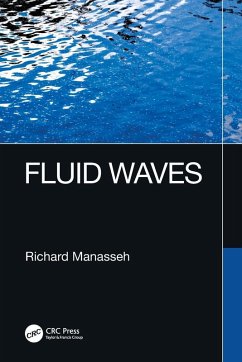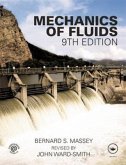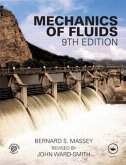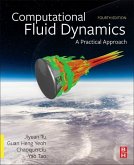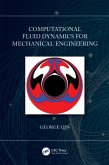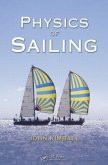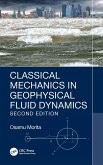This book derives the mathematical basis for the most-encountered waves in fluids in science and engineering. It gives professionals in important occupations such as maritime engineering, climate science, urban noise control, and medical diagnostics the key formulae needed for calculations. The book begins with the basis of fluid dynamics and subsequent chapters cover surface gravity waves, sound waves, internal gravity waves, waves in rotating fluids, and introduce some nonlinear wave phenomena. Basic phenomena common to all fluid waves such as refraction are detailed. Thereafter, specialized application chapters describe specific contemporary problems. All concepts are supported by narrative examples, illustrations, and problems.
FEATURES
- Explains the basis of wave mechanics in fluid systems.
- Provides tools for the analysis of water waves, sound waves, internal gravity waves, rotating fluid waves and some nonlinear wave phenomena, together with example problems.
- Includes comprehensible mathematical derivations at the expense of fewer theoretical topics.
- Reviews cases describable by linear theory and cases requiring nonlinear and wave-interaction theories.
This book is suitable for senior undergraduates, graduate students and researchers in Fluid Mechanics, Applied Mathematics, Meteorology, Physical Oceanography, and in Biomedical, Civil, Chemical, Environmental, Mechanical, and Maritime Engineering.
FEATURES
- Explains the basis of wave mechanics in fluid systems.
- Provides tools for the analysis of water waves, sound waves, internal gravity waves, rotating fluid waves and some nonlinear wave phenomena, together with example problems.
- Includes comprehensible mathematical derivations at the expense of fewer theoretical topics.
- Reviews cases describable by linear theory and cases requiring nonlinear and wave-interaction theories.
This book is suitable for senior undergraduates, graduate students and researchers in Fluid Mechanics, Applied Mathematics, Meteorology, Physical Oceanography, and in Biomedical, Civil, Chemical, Environmental, Mechanical, and Maritime Engineering.

